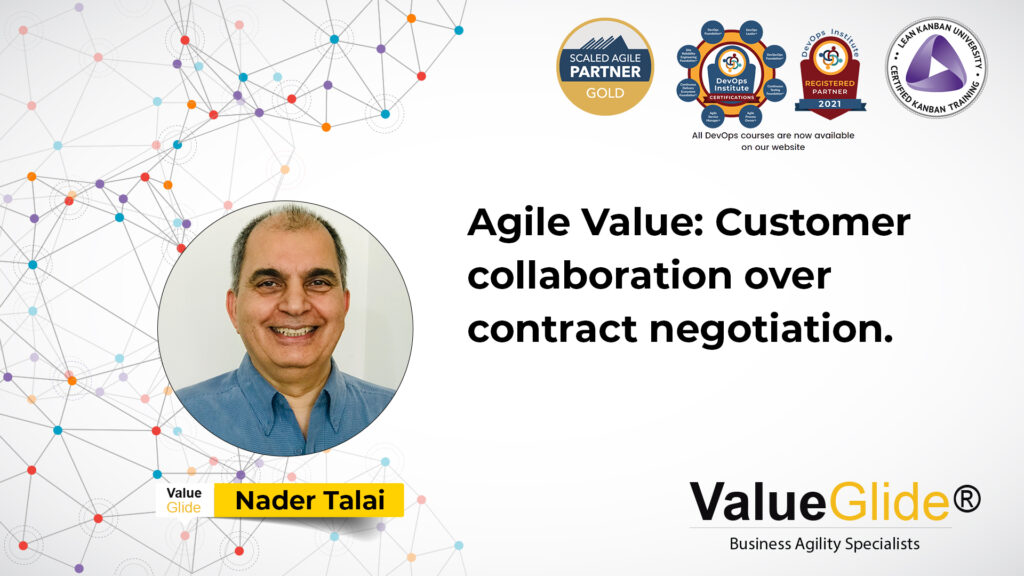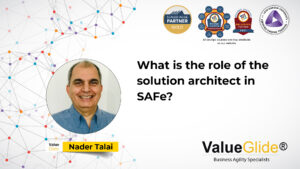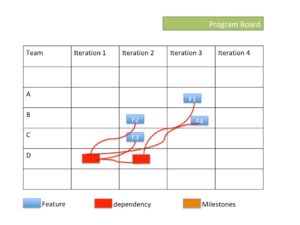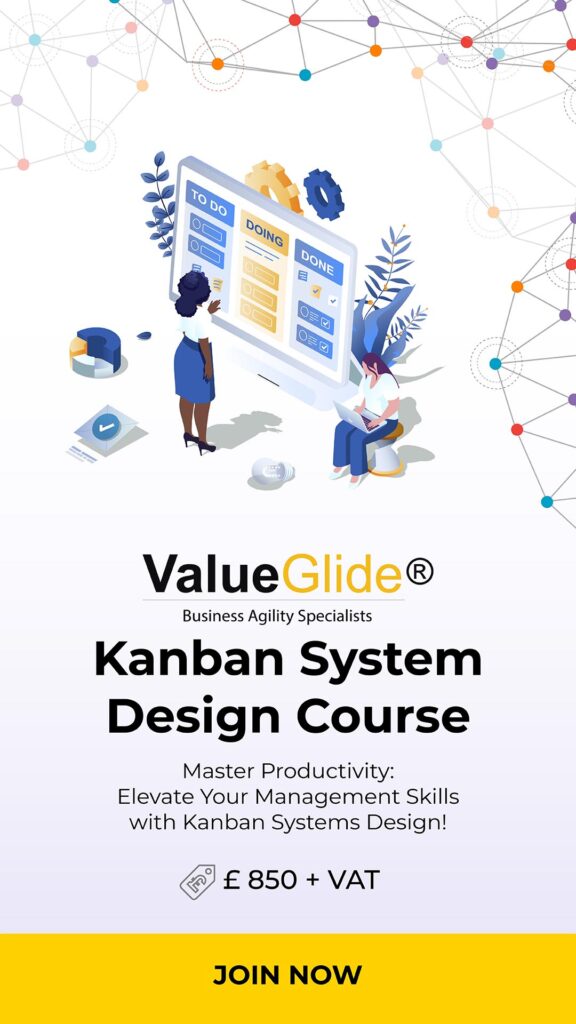Customer collaboration over contract negotiation.
In this short series, Nader Talai talks about some of the Agile Values articulated in the Agile Manifesto and explains why they matter. This week we tackle ‘customer collaboration OVER contract negotiation’.
There are many dimensions to this specific value, but we’ll focus on the broad overview of the value for this blog.
Written communication is subject to misunderstanding.
The first element of this value is a deep understanding that people don’t always respond to the words we write in the way we hope. Sometimes, they misinterpret what we are communicating, and it creates unnecessary problems for both individuals and the team.
Jeff Patton is a leading expert in this area and highlights these problems in his User Story mapping book as well as the work he is well known for.
If we meet in person, and we collaborate toward an answer, we know we have agreement and we know that we understand one another. This value doesn’t say that contacts aren’t necessary, it simply emphasises the need for customer collaboration OVER the need for contract negotiation.
Once we all agree, and we know for certain what we are discussing, we can then commit things to a contract. Our primary goal is to share information, collaborate, and cocreate solutions.
Predefined elements in an uncertain, complex environment.
In traditional project management, the team aim to list every element of the project at the start of the project. They try to imagine what they will need, what the solution must look like, and the terms that must be met for a client to sign off on the contract.
If you are in logistics, this is straightforward.
We know what we need to collect, we know how to collect those items, and we know where to deliver them. A matter of moving X items from A to Z.
In an uncertain or complex environment, we can’t know the answers upfront. We have never solved the problem before, nor have we ever built the solution. We don’t even have a clear understanding of what the problem is and how variables may impact that environment.
We need to discover the best way forward and we need to create the solution through trial and error, so there is no way that we can document the entire process upfront. We can’t tell what the solution will look like, and we can’t know whether it will solve the client’s problem.
Empirical Process Control is about developing a hypothesis, running a short and cheap experiment, learning through the process, and using the data and evidence we gather to inform what we do next.
The client may think that X is important but 4 weeks into the project we learn that Y is the real deal closer, and so we can pivot to Y without wasting any more time, effort, or money on X.
If the contract says we MUST deliver X, we blindly do so knowing that the customer is paying for something that adds no value and doesn’t solve their problem. They know it, we know it, but we continue with the charade because we need to get paid for completing the project.
Snookered by contracts and paperwork.
So, in summary, this is why Agile values customer collaboration over contract negotiation.
We want to have a collaborative relationship with customers that enables us to adapt and respond to their specific needs, changing requirements, and any form of disruption in their markets.
About Value Glide
Value Glide are a SAFe (Scaled Agile Framework) consultancy, coaching practice, and training specialist who work with organizations to align business objectives with customer needs and wants.
As deeply experienced agile coaches and practitioners, our team are invested in continuous learning through each client engagement and use the data and evidence we gather from each implementation to inform our training, coaching, and consulting services.
In a nutshell, empirical process control or empiricism.
If you are thinking of adopting agile within your organization and have identified SAFe as a great agile framework to adopt, implement and improve your business agility, visit our SAFe Quickstart ART Launch program page or view our SAFe Consulting Services page.
If you have identified a need for an agile coach and SAFe coach to help your organization adopt and implement SAFe, visit our SAFe Coaching Services page.
If you want to know more about SAFe and how to lead SAFe, visit our SAFE Training page for a host of options, from Leading SAFe to a SAFe Release Train Engineer course.
#SAFe #scaledagileframework #scalingagile #agile #agileframework #agilecoach












